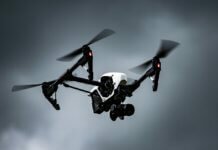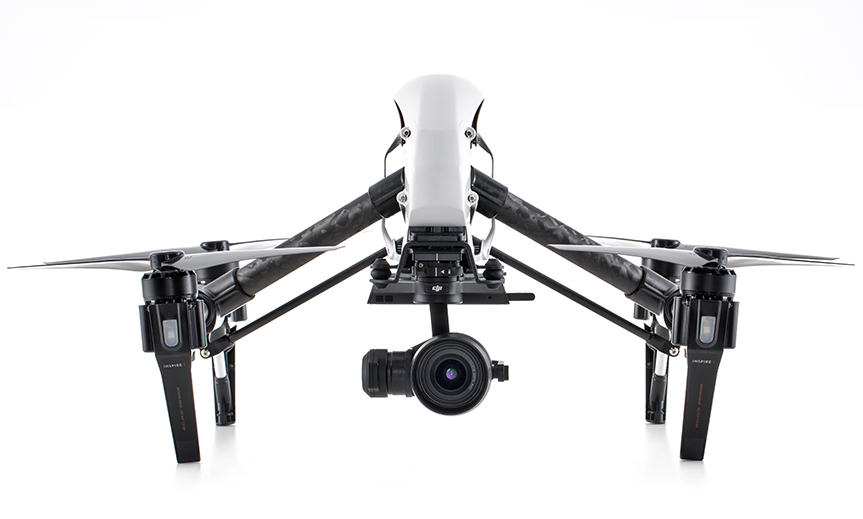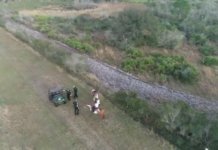Bingen, Wash.-based Insitu Inc., a wholly owned subsidiary of The Boeing Co., used its ScanEagle unmanned aircraft system (UAS) to assist with several recent disaster recovery operations in Texas, as well as fire suppression operations in Oregon and California.
In the wake of Hurricane Harvey in Texas, Insitu put INEXA Solutions, its aerial remote sensing services team, to work in supporting the Houston area’s disaster recovery efforts. This included the company’s ScanEagle UAS and manned aircraft equipped with powerful scanning payloads and sensors.
Insitu deployed operations personnel and four ScanEagle drones to Corpus Christi, Sugarland and other sites around Houston. Participating in emergency response efforts such as search and rescue, damage pollution, critical infrastructure assessments, security and monitoring, and unmanned and manned aviation over watch protection, Insitu launched and conducted beyond visual line of sight (BVLOS) operations over the Port of Corpus Christi.
According to Insitu, the main channel at Corpus Christi was blocked with submerged debris, preventing regular shipping traffic – typically moving approximately $100 million in goods per day – from entering the port. The Insitu team conducted main channel assessments and identified hazards to navigation and damage to the port’s critical infrastructure. The team located a submerged ship in the bay and provided debris maps and other information to response crews, contributing to reopening the port within six days, the company says.
In Sugarland, a second base of operations was established, where Insitu used payloads including infrared and full-color video, telescopic optics, and broad-area precision mapping for information delivery. The team flew the ScanEagle BVLOS here, as well.
In September, Insitu relocated its ScanEagles and crews to assist with fire suppression at the Eagle Creek Fire in Oregon, located across the Columbia River from the Insitu headquarters in Bingen. The company says the Eagle Creek fire hit very close to home, burning nearly 50,000 acres throughout the Columbia River Gorge region and forcing many residents and Insitu employees and their families to evacuate.
At the fire, the ScanEagle system provided near-real-time data for firefighters and first responders, increased situational awareness and safety, and supported planning and resource allocation, says Insitu. The ScanEagle can supplement manned firefighting fleets by flying the gaps – operating during dense smoke conditions or at night, when manned aircraft typically are grounded due to hazardous flying conditions for pilots.
Providing both unmanned and manned aerial sensing services, Insitu says it also delivered near-real-time video and geo-referenced still images of points of interest at the Eagle Creek fire, allowing geographic information system (GIS) specialists to perform analyses using Esri’s ArcGIS software.
Later, in October, Insitu moved from Oregon to northern California, where the ScanEagle averaged approximately 10 flight hours per night over several nights at the Mendocino Complex fire and, subsequently, at the Central Complex fire in Santa Rosa. The drone collected and processed data on hotspot and fire line locations, as well as disseminated up-to-date information to firefighters for their morning planning meetings.
“Throughout August, September and October, we were extremely busy assisting with disaster recovery and fire suppression activities,” comments Mark Bauman, vice president and general manager for Insitu Commercial. “We are very pleased to provide our expertise in aerial remote sensing and data analytics to deliver valuable information for first responders and incident commanders.”
All efforts for airspace access were coordinated with the Federal Aviation Administration, as well as the various fire suppression agencies, the company notes.











Leave a Comment
Your email address will not be published. Required fields are marked *